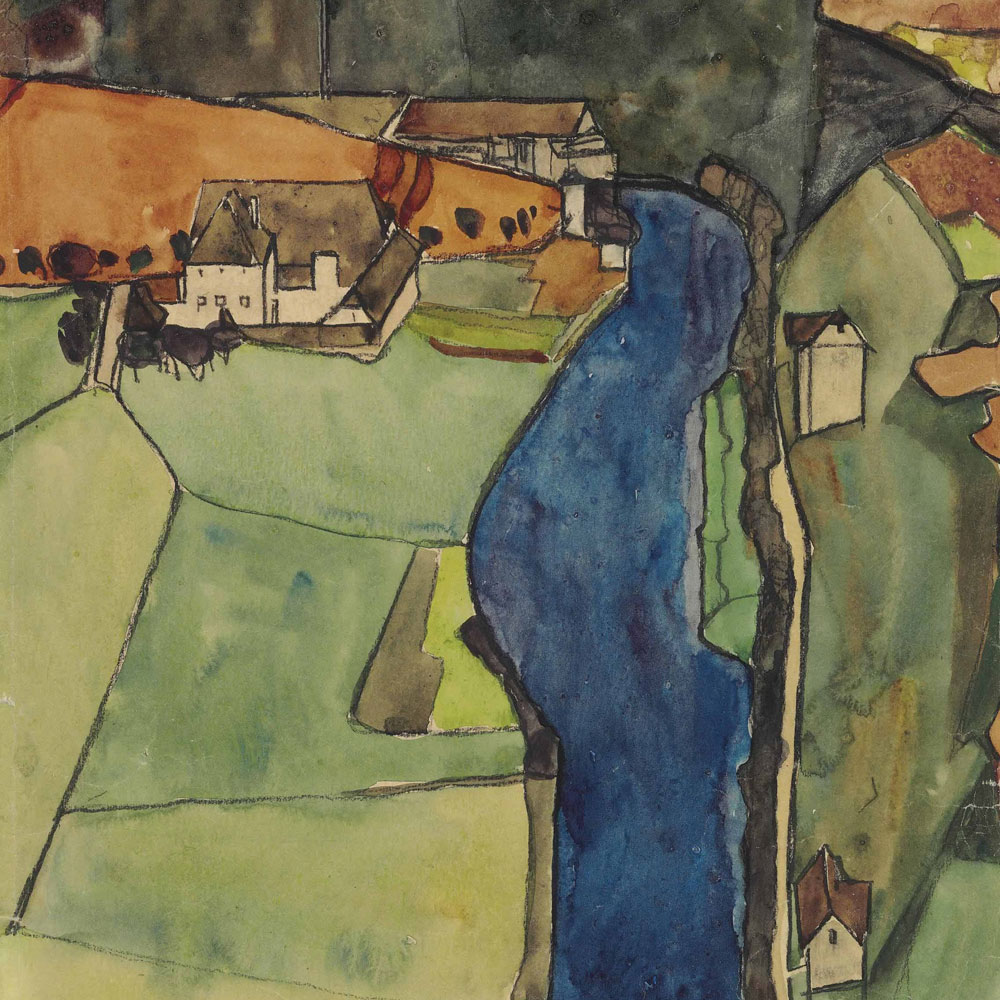
November 7, 2019; New York Times
Here at NPQ, we have noted a number of businesses that have chosen to take a nonprofit path. This includes everything from grocery stores in food desert neighborhoods to nonprofits that produce drugs that the for-profit pharmaceutical industry fails to make.
Nonprofits also are often employed to preserve local cultural institutions. Sometimes these can be popular culture institutions, such as video stores. The case of Galerie St. Etienne in Manhattan, by contrast, clearly comes from the world of “high art,” but in a sense the change in status is motivated by a similar impulse.
The new nonprofit will be called the St. Etienne Foundation, and the transition of the gallery to nonprofit status will be complete by the end of 2020. The foundation’s mission will be to conduct scholarly research and assist with museum exhibitions. There are roles that the gallery has long played, according to the gallery’s director, Jane Kallir, who will run the foundation through grants and an endowment.
“We came to a fork in the road—either pursue scholarship or commerce. The two don’t work in tandem the way they once did. The emphasis on corporate branding and investment in today’s market undermines connoisseurship,” Kallir says, in explaining her decision to pursue the conversion of the gallery into a nonprofit foundation to Meredith Mendelsohn in the New York Times.
In a statement, Kallir provides a little more detail, writing that:
Sign up for our free newsletters
Subscribe to NPQ's newsletters to have our top stories delivered directly to your inbox.
By signing up, you agree to our privacy policy and terms of use, and to receive messages from NPQ and our partners.
Scholarship has always been integral to the Galerie St. Etienne’s mission. However, it is no secret that mid-sized galleries such as ours have difficulty competing in today’s global marketplace, and the increased emphasis on investment is antithetical to our philosophy. We felt we had to choose between dealing and scholarship. We chose scholarship.
Galerie St. Etienne, Mendelsohn notes, has long been a highly influential dealer in Austrian and German Expressionism and work by self-taught artists. The gallery, located on West 57th Street in Manhattan, was founded in Vienna in 1923 by Otto Kallir as the Neue Galerie, where it featured German and Austrian Expressionist artists. As World War II loomed, the gallery relocated to Manhattan in 1939, where it has remained ever since. The gallery is said to be the oldest US gallery specializing in Expressionism and Self-Taught Art.
In Manhattan, Mendelsohn writes, “The gallery gave such artists as Gustav Klimt, Oskar Kokoschka, Paula Modersohn-Becker and Egon Schiele their first American solo shows, with the help of longtime gallery co-director Hildegard Bachert, who died last month at the age of 98.”
In 2017, Kallir founded the Kallir Research Institute, which has updated and digitized the gallery’s Egon Schiele catalogue raisonné. She also plans to update and digitize the gallery’s 1973 Grandma Moses catalogue raisonné and publish a digital one for Austrian portraitist Richard Gerstl.
The gallery has set forth a busy schedule for 2020, with three exhibits planned, including one featuring new work by longtime gallery artist Sue Coe, an artist well known for her social activism and political art. Coe’s exhibit is intentionally timed to coincide with the presidential election.













